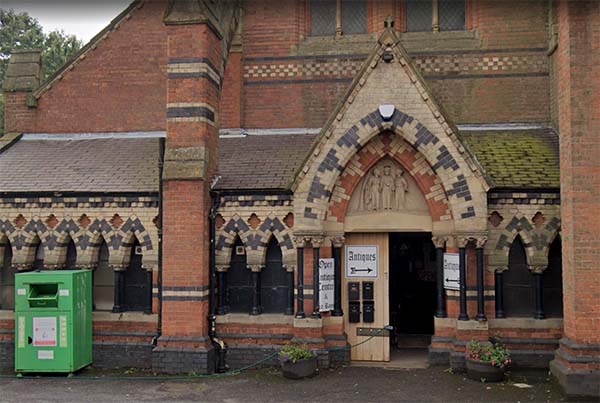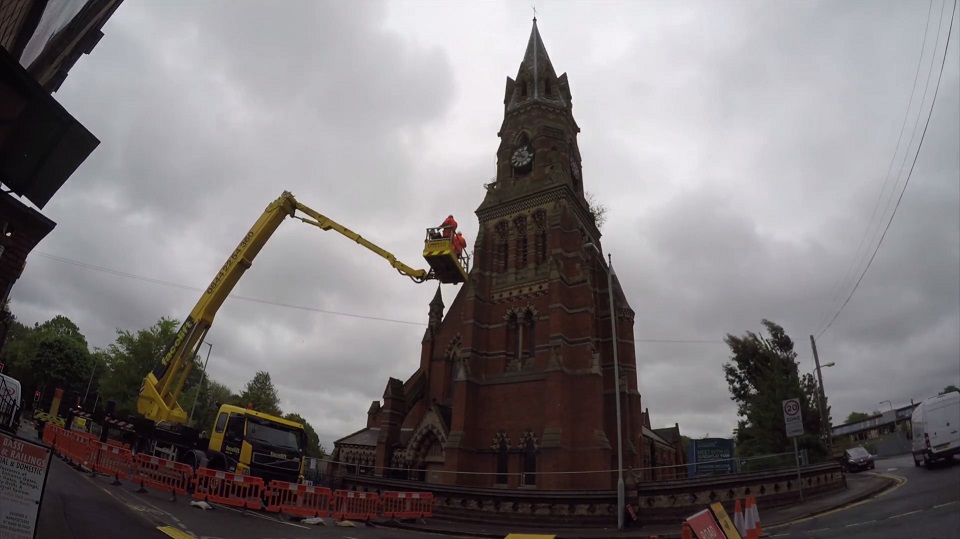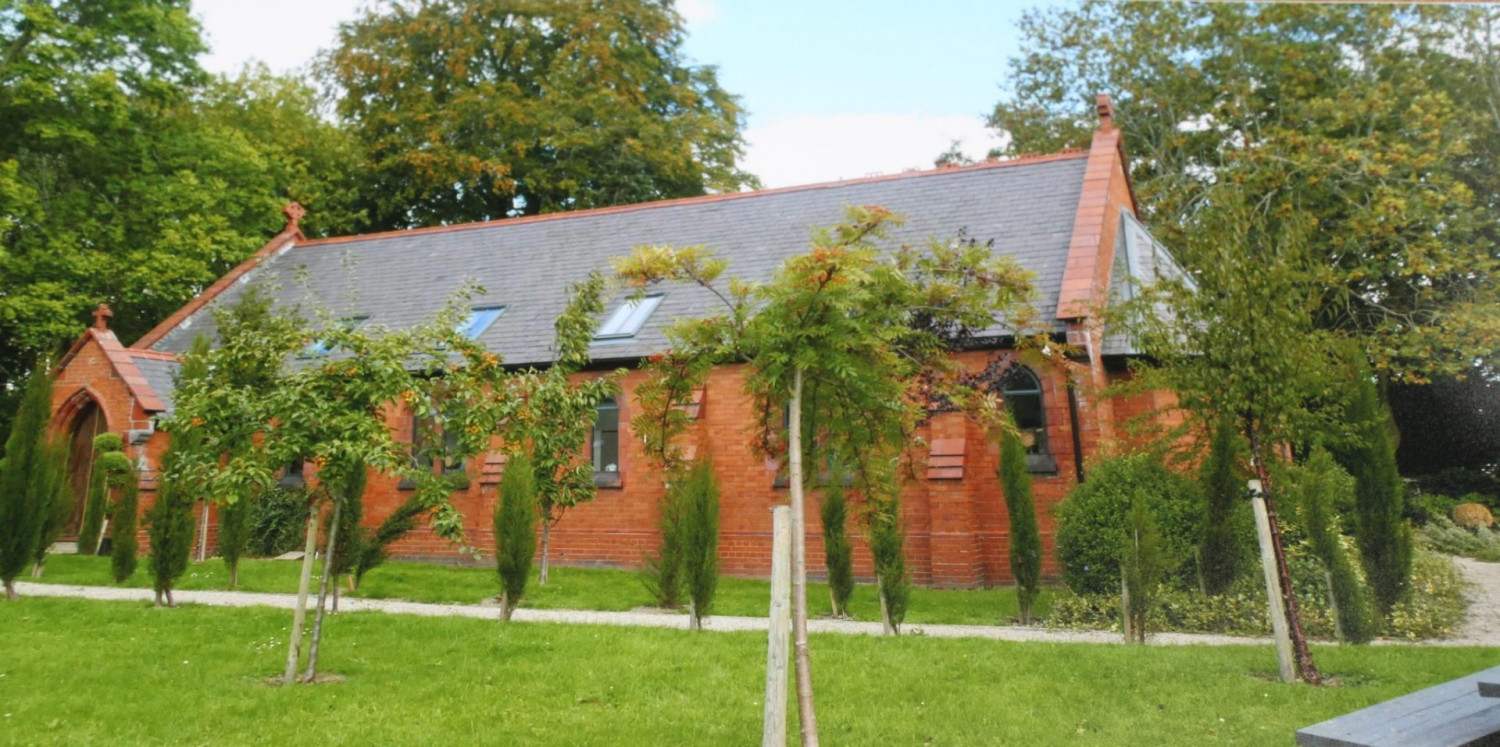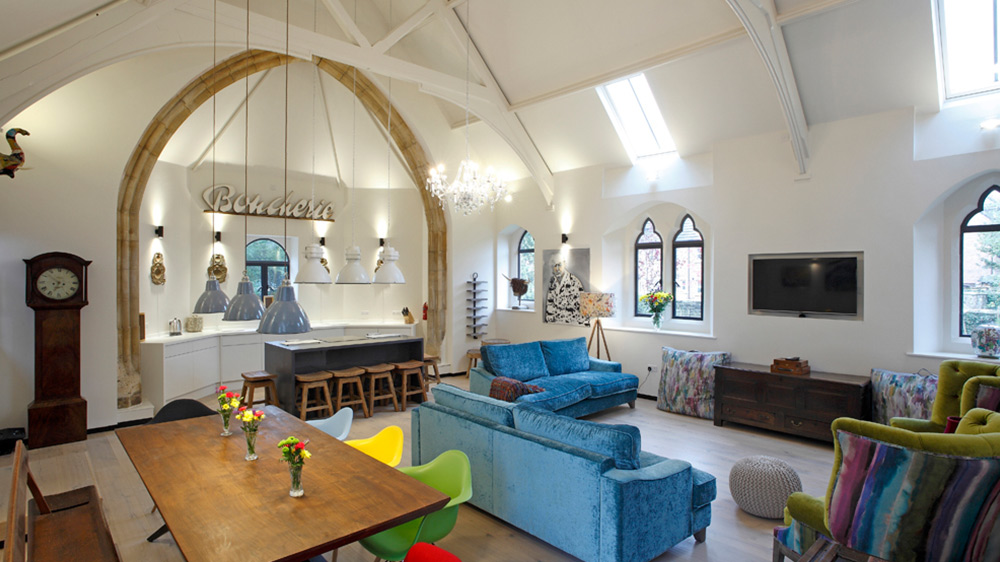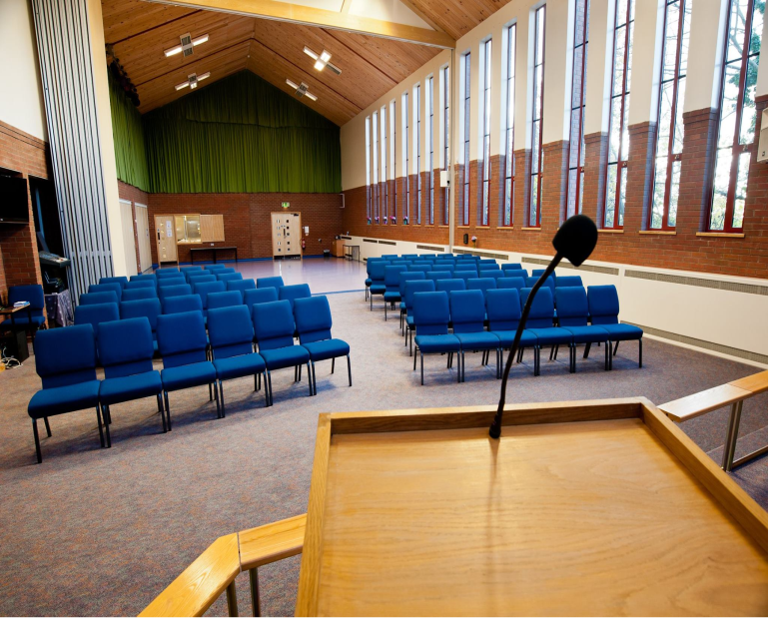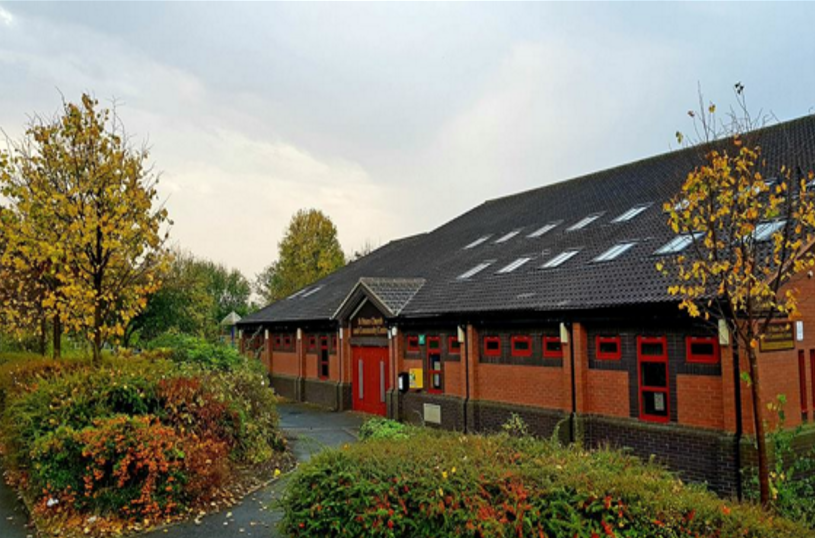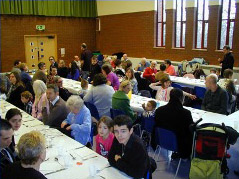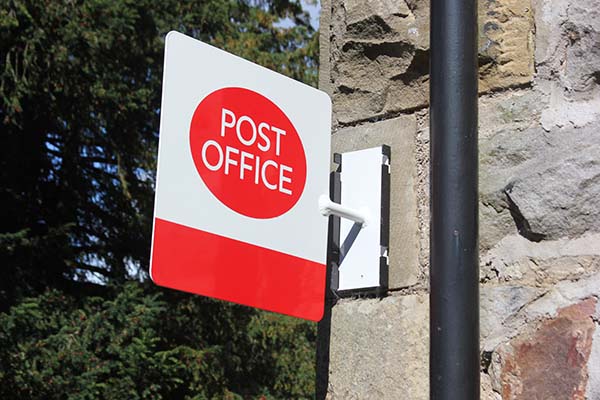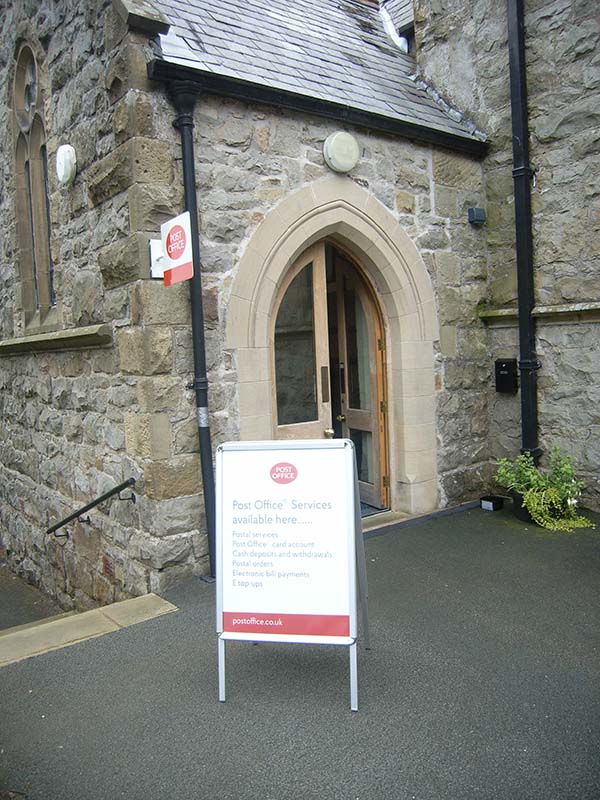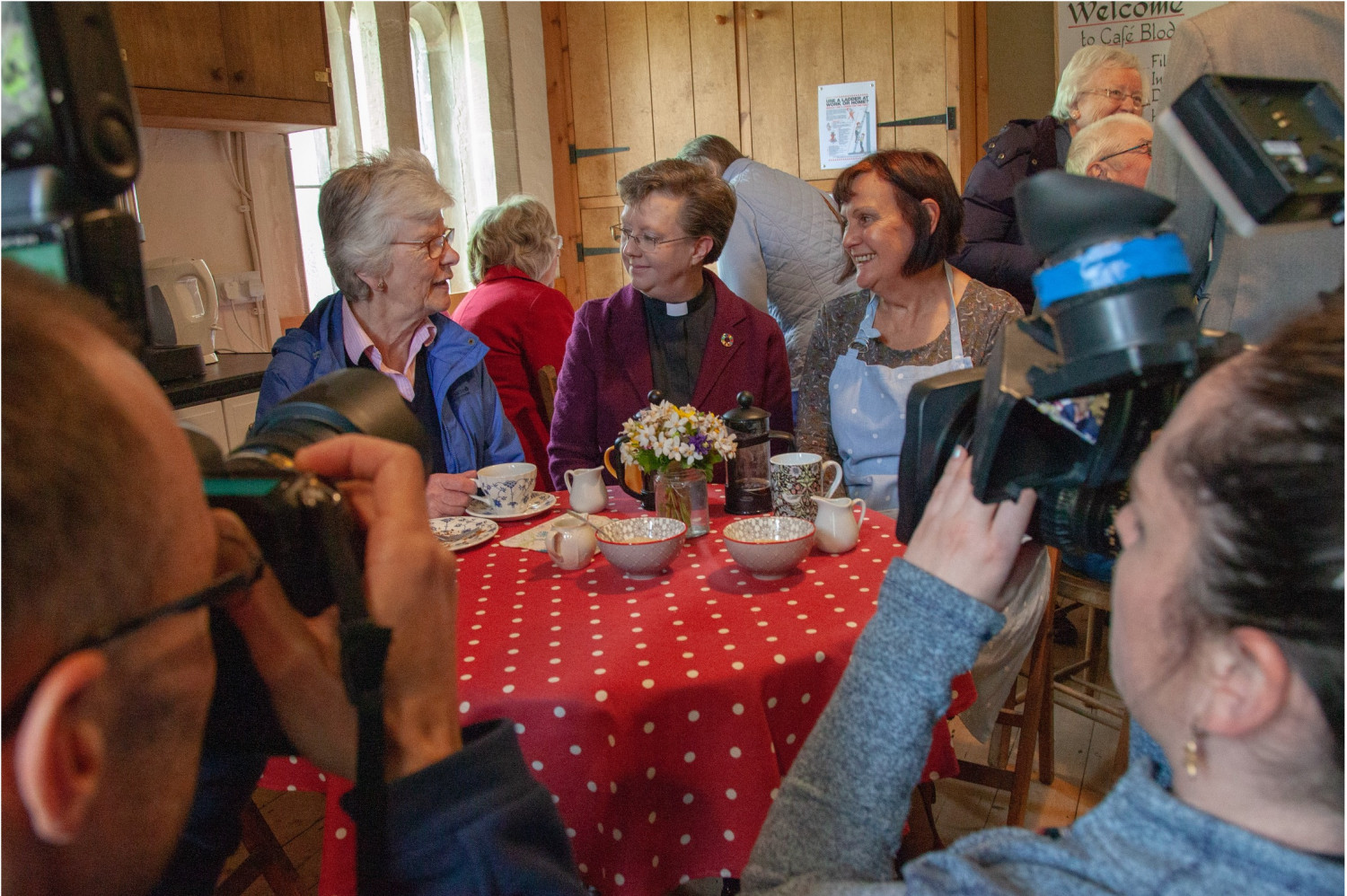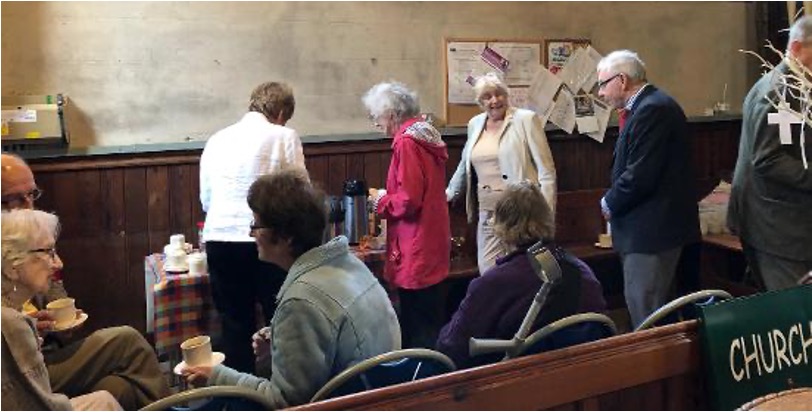Module 3 in the toolkit sets out the various options and models which can be used to help the diocese, deaneries and parishes make better use of their church buildings within their mission strategies.
Nationally the Church Buildings Council (CBC) is promoting the concept of the ‘rightness’ of church buildings being public spaces and community buildings being open outside worship times, picking up the social justice functions that are shutting down elsewhere. It is notable that the Church of England is almost unique in Europe in having a plan in place to keep churches open and prevent mass closure.
Closed or open?
There are two ‘black or white’ legal statuses for a church building: either it is open for public worship or it is closed. Closure means removing the legal effects of consecration in order to start the process of disposal, or occasionally ‘rebooting’ the church in a different form (see table 1 below, option 5). If the church is closed, the responsibility for the building, including insurance costs and maintenance, passes to the Diocesan Board of Finance (DBF) until a further use is found. If the church is open it currently has to be maintained by (or on behalf of) the PCC.
The information in table 1 below is a pithy options choice. For further details, data and analysis, see the CBC’s Struggling, Closed and Closing Churches Research Project. This lengthy report raises a lot of issues and recommendations, but one stands out in that there should be earlier engagement with churches to explore alternatives to outright closure.
Closing a church
There is a perception that this diocese has too many unrequired churches, especially in urban areas where the makeup of parishes have materially altered. Many rural churches too have tiny congregations, but for a number of reasons are able to be sustainable whilst remaining small in congregants. Whilst the diocese can provide procedural support, it is a matter of the individual parish as to whether it wishes to close the church, i.e. bottom up, with the diocese’s role to advise and support through this process. The closure process is regulated by the Mission and Pastoral Measure 2011.
The diocese has published a detailed guide for parishes, Closing Consecrated Church Buildings, and the Church of England has separately produced a summary of the closure process, What Happens When a Church Building Closes?
With 61 of our churches listed Grade I (highest category) and 144 Grade II*, finding alternative uses acceptable to the Local Planning Authorities would be a challenge. It can take many years of negotiation with the Local Planning Authorities and Historic England for permission to convert a highly-listed church to residential accommodation or other use. Congregations in listed churches are, however, less likely to struggle (and therefore see their church building close) than those in unlisted churches. Another challenge is the marketing and sale process, not helped in this diocese by an eventual relatively low capital receipt. An example of this is a recent sale which yielded just £1 as the church was in substantial disrepair when it closed.
Recommendations
Early intervention where closure is being considered is vital to ensure that:
- All possibilities are explored in good time before the decision to close is made, and the advice and help of the Church Buildings Council should be sought as early as possible
- While closed church buildings should continue to be vested in the DBF until their futures are settled, it is recommended that the Diocesan Mission and Pastoral Committee (DMPC) transfers all of its use-seeking functions for closed churches to the Church Commissioners for them to pursue, which will save a lot of valuable diocesan time and resources.
Case study: ClosureSt Luke’s Blakenhall
Read more here |
|
|
|
Case study: ClosureSt David’s Oswestry
|
Sharing buildings
While understanding that some churches may face closure, the diocese is keen to avoid promoting this as an alternative, preferring to find ways of helping PCCs to keep churches open for public worship. The legal options are explored in table 1 below. These options allow for part of the building or sometimes the whole building to be looked after and used by other bodies or users, while maintaining regular worship. There is also the possibility of sharing space within churches with other denominations under the Sharing of Church Buildings Act (1969).
Recommendation
The shared and complementary use of our church buildings is recommended where appropriate as a way of spreading the load of their maintenance and conservation, while simultaneously offering opportunities for mission.
|
|
Case study: SharingSt Peter's Glascote Heath
|
Community, cultural and commercial use
The medieval church building was an important community hub as well as being a place of worship. With the reduction in local pubs, shops and schools, many are again seeing the church as the last community building available.
PCCs are encouraged to consider the needs of the wider community and discuss how their building can be re-ordered accordingly, within a deanery plan, complementing what other church buildings can offer and ensuring access for all.
Cafés, parent and toddler groups, luncheon and internet clubs are all regularly held in our churches, and some host drop-in centres, post offices, shops, Citizen Advice Bureaus and other community facilities. The Mission and Pastoral Measure 2011 allows for parts of church buildings to be leased to third parties (see table 1 below). One model is asset-based community development, a localised and bottom-up way of strengthening communities through recognising, identifying and harnessing existing assets that individuals and communities have (i.e. skills, experience) in addition to buildings, which together can strengthen and improve things locally. This approach empowers communities to create their own social innovations, and many are based in church buildings.
A number of examples of successful conversion for complementary uses as well as worship can be found on the Church of England website, divided into community, cultural and commercial uses.
The Crossing the Threshold national toolkit has recently been comprehensively updated and extended to include advice on managing major projects, and gives comprehensive step-by-step advice on how to develop your church building(s) for these purposes.
Local examples within the diocese include:
- Weston Rhyn – has a post office and café within the church
- Whittington (Salop) – has an elaborate two-week summer concert programme
- Upton Magna – the church is named after St Lucia, patron saint of blind people, which has led to themed contributions and links to assist visitors’ understanding
- St Peter's Community Church, Glascote Heath, Tamworth – impressive number and variety of both church and community centre groups
- The Crossing at St Paul’s, Walsall – provision of shops, offices, café and worship space all within the church building
Recommendations
- All parishes are encouraged to utilise in full/part the Crossing the Threshold national toolkit
- Much flexibility is allowed for within current legislation, and PCCs and deaneries should consider how their church buildings can be used in partnership with each other, and if necessary developed in different and appropriate ways to best address the needs of the communities they serve
Case study: Community and commercialSt John’s Weston Rhyn
|
|
Notes on table 1: Section 68 of the Mission and Pastoral Measure 2011 has superseded the Pastoral (Amendment) Measure 2006 (commonly referred to as PAM). PAM enabled the lease of part of a church building, facilitating its wider use, provided that its primary use was still as a place of worship. A guide to Section 68 of the Mission and Pastoral Measure 2011 is available on the Church Commissioners section of the Church of England website.
Option 3 is the most complicated and perhaps the least attractive of these options, as different parts of the building and site are subject to different systems of control (with the possibility of some overlap), and possibly different taxation regimes; we would hope that churches looking to embrace other uses and maximise potential income from these would use Option 2, making more use of Section 68 of the MPM.
Promoting tourism and visitors
Visitors have many reasons to enter our church buildings. They may be researching family history and want to see where family members were married or are buried. They may be local people stopping at the church for a period of calm reflection in a busy world. They may be tourists enjoying the heritage our churches provide. Buildings form part of the Church of England’s sense of place and we can often underestimate the impact of their physical presence.
A new initiative, Discover Churches Herefordshire and Shropshire, is putting church tourism on a professional footing, as visiting churches for their history, architecture or beautiful churchyards is becoming a popular pastime, which helps not only the churches but the wider economy as well. This National Lottery Heritage Fund (NLHF) backed scheme started mainly in Herefordshire, so an opportunity is at our door to immediately benefit from, and to enable use of, contemporary branding and visitor counters plus a digital marketing campaign.
Shropshire churches have their own tourism forum, Shropshire Churches Tourism Group, a detailed website resource with advice and signposting on funding etc., including promotion of Ride and Stride for churches, a national sponsored bike ride or walk between churches exploring the countryside. The influence and popularity of Ride and Stride has grown hugely, and 2021 promises to be bigger yet. It is the single largest source of income for many Historic Churches Trusts, enabling them to make grants to places of Christian worship (£1.2m in 2019 alone).
The Church Buildings Council is running a programme of churchyard recording called the National Burial Grounds Survey, and should be contacted if there is potential for the churchyard to be better understood and used in this way, for example as a means of engaging schoolchildren in historical and genealogical research and recording techniques. The diocese also works directly with Caring for God's Acre, a national charity that helps groups and individuals to investigate, care for, and enjoy burial grounds and graveyards.
The UK tourism industry is worth £34 billion per annum and visitor numbers are growing. The latest statistics reveal that a significant number of visitors are primarily drawn to this diocese for its culture and heritage. Our churches represent a considerable proportion of the two counties’ heritage assets and therefore need to be open and welcoming to all visitors.
Local examples within the diocese include:
- Llanyblodwel – café for tourists visiting this Grade I listed church
- Rodington – this tiny community imaginatively provides heritage information plaques and refreshments for visitors
- Tong – excellent ‘2020’ vision to exploit historical connections including guidance boards
- Donnington Wood – hosts lots of churchyard visitors due to its mining heritage
Recommendations
Efforts should be increased to promote tourism, working with:
- Shropshire Churches Tourism Group and the Hereford-based Heritage Fund team promoting tourism, to ensure Shropshire churches within this diocese are properly represented and benefitting from the grant funding
- The Ride and Stride initiative, to widen the number of churches participating
- Secular partners, the Church Buildings Council and the National Churches Trust
Case study: Tourism and fundraisingLlanyblodwel tourist cafe
|
|
|
|
Case study: Tourism and fundraisingPilgrimage routes draw visitors with many churches en route… Two Saints Way - St Winefride Pilgrim Trail – |
Friends and trusts
There are many Friends organisations across the diocese. Usually a separate charity, a typical Friends group has its own constitution which makes it clear that its primary purpose is to raise funds for the fabric of the church. The Friends need not be worshippers at the church nor even be resident in the community but are attracted to support the building either financially or through organising fund-raising events. Guidance on setting up a Friends group can be found on the Parish Resources and National Churches Trust websites.
Information about Trusts can be found in table 2. The Church Buildings Council differentiates between three types of support – Passive, Active and Dedicated – as summarised below:
| Table 2 Types of Trust to help look after church buildings |
|---|
Passive Supporters (Friends) – They support the PCC to fundraise, develop and care for the church |
This group is keen to support the building and appreciates the role that the local church plays in the community. They may not have the time to commit to regular activities like repairs or cleaning, but they are able to financially support the church through a covenant or regular donations.They are likely to attend church events such as fetes and coffee mornings and promote and support the building to others. |
Active Friends – They manage the building and take an active role in planning, caring for and promoting the church |
These people have spare time twinned with energy and enthusiasm for the building. They may take an active role in cleaning and/or repairs of the church, and possibly have a skill or background which is of use to the management of the building, like an architect, fund-raiser or conservation expert.They attend the building regularly (not necessarily for worship) and help to organise events and activities. They help the PCC with faculty applications and raising funds through grant aid. A Memorandum of Understanding may be necessary to regulate the relationship with the PCC. |
A Dedicated Trust – This group assumes responsibility (stewardship) for most or all of the building fabric and the overall management of the building |
This group are dedicated to the church and hold the building ‘in trust’, often in lieu of a PCC. They invest both time and money. They curate and care for the building and have taken on the management of the church via a formal, contractual basis.They comprise of members of the worshipping congregation and non-worshippers alike. They run events and activities and work with local stakeholders to promote the church as a local venue and raise funds to develop and care for it. A Memorandum of Understanding or a contract may be necessary to regulate the relationship with the PCC. |
Examples within the diocese include:
- Friends of St Mary’s Stafford – promoting church, hosting concerts, events and producing gifts
- Friends of Salt and Hopton Churches
- Rugeley Old Chancel Preservation Trust
Recommendation
It is recommended that PCCs discuss the subject of Friends organisations and Trusts, and consider the advantages of creating one of the above types of Trust for their church building, with advice and technical support from the diocese, who can put them in touch with others who have done this.
Case study: Friends and trusts
|
|
Next section: Toolkit module 4: Practical issues
